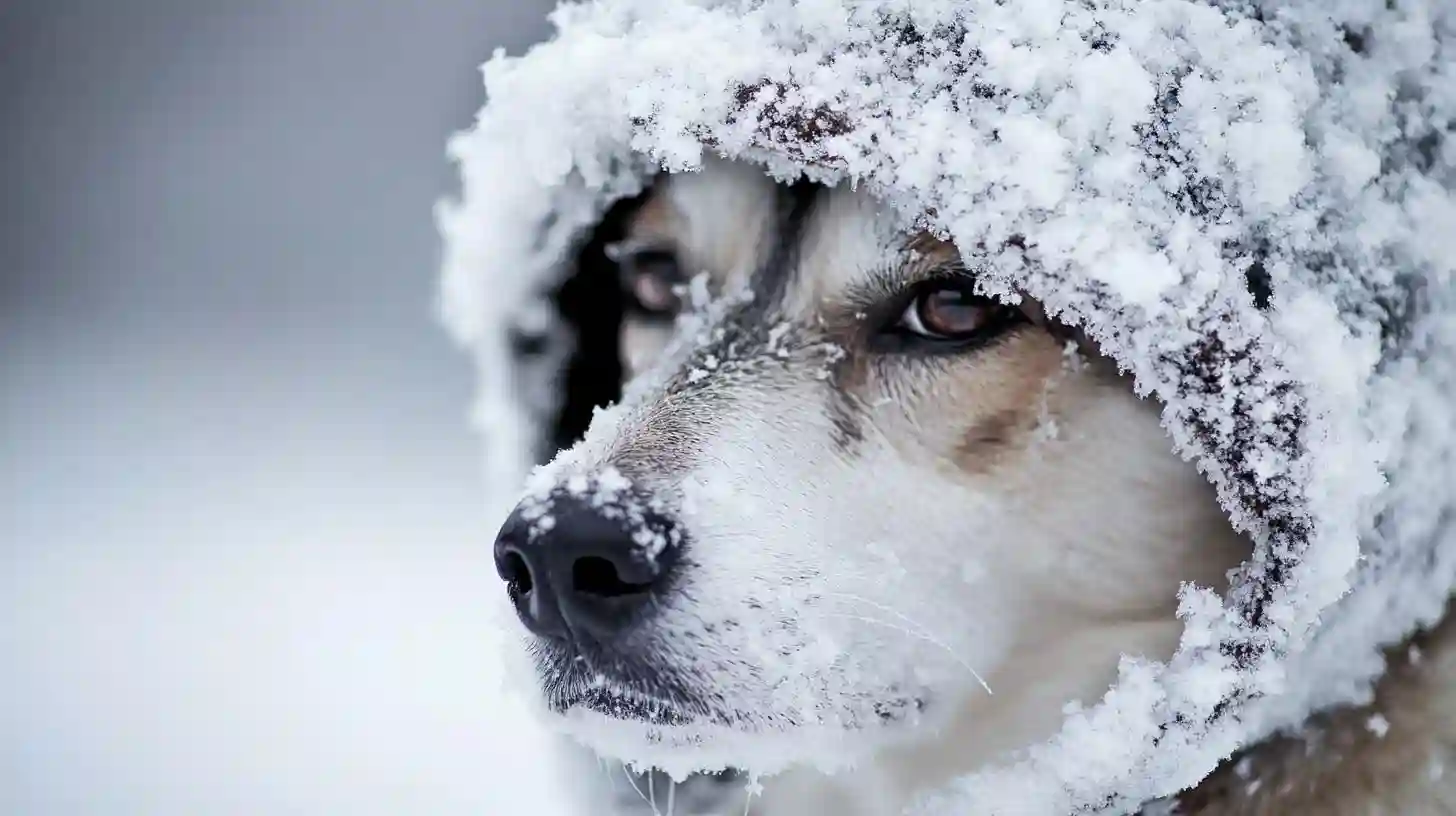
As the weather turns chilly, it's essential to be mindful of our furry companions and their comfort levels. While many dogs have thick fur coats that provide some protection against the cold, not all breeds are equally equipped to handle low temperatures. Recognizing the signs that your dog might be feeling cold can ensure their well-being during the winter months.
One of the first signs that your dog may be cold is when they start to exhibit shivering or trembling. This is their body's natural response to colder temperatures as they attempt to generate warmth through muscle movement. You might notice your dog shaking even when they are indoors or after a brief exposure to the cold outdoors. If your dog is trembling more than usual or appears to be shaking uncontrollably, it’s essential to pay attention. Shivering can signal that they are trying to express discomfort or that their body temperature is dropping below normal levels. In such cases, bring them indoors to a warm area and provide them with a cozy blanket or their favorite bed to snuggle up in. Increasing your dog's warmth with extra bedding or a doggy sweater can also help keep them comfortable.
Another sign that your dog may be feeling the effects of the cold is when they start to exhibit unusual behavior such as seeking warmth or refusing to go outside. If your dog is usually enthusiastic about walks or playtime but suddenly becomes reluctant or hesitant to venture outside, it might be an indication that they are uncomfortable with the cold. Some dogs may try to find warmer places in the house, such as curling up next to a heater, lying on carpets, or even burrowing under blankets or clothing. If you notice this behavior, it’s a good idea to limit their time outdoors and shorten walks, especially during particularly frigid days. Keep in mind that smaller breeds, elderly dogs, and dogs with short hair are generally more susceptible to cold temperatures, so be extra cautious if your dog falls into one of these categories. For dogs that require outdoor activity, try to schedule walks during the warmer parts of the day.
Another thing to look for is changes in your dog’s physical condition or movement patterns when exposed to colder weather. If you notice that your dog is lifting their paws off the ground or frequently stopping to shake their legs, these might be signs that they are uncomfortable due to the cold surface. Ice and snow can cause a burning sensation on their pads, and prolonged exposure could lead to more severe issues like frostbite. In addition to this, some dogs might also develop cracked pads or become more lethargic in cold weather. It’s vital to check their paws after being outside to ensure they are free from ice, salt, or other irritants that could cause discomfort. If the ground is too icy or snowy, consider investing in protective booties that can keep their paws warm and shield them from harsh elements.
In response to any of these signs, it’s essential to take action to ensure your dog stays comfortable. When you take your dog outside in cold weather, be sure to monitor the duration of their stay outdoors and remain attentive to their behavior. Dress them appropriately with dog coats or sweaters designed for cold weather to provide extra insulation. It’s also wise to provide extra hydration and maintain a healthy diet, as proper nutrition can support their overall health and energy levels in cold temperatures.
If the temperatures drop significantly or the weather becomes severe, consider creating a warm indoor space for your dog where they can enjoy their time comfortably and safely. The right combination of warmth, appropriate outdoor gear, and attentive observation can make a significant difference in ensuring your dog remains happy and healthy during the colder months. Always trust your instincts as a pet owner; if you feel your dog is uncomfortably cold or showing severe symptoms, consult with your veterinarian for advice tailored to your specific pet.